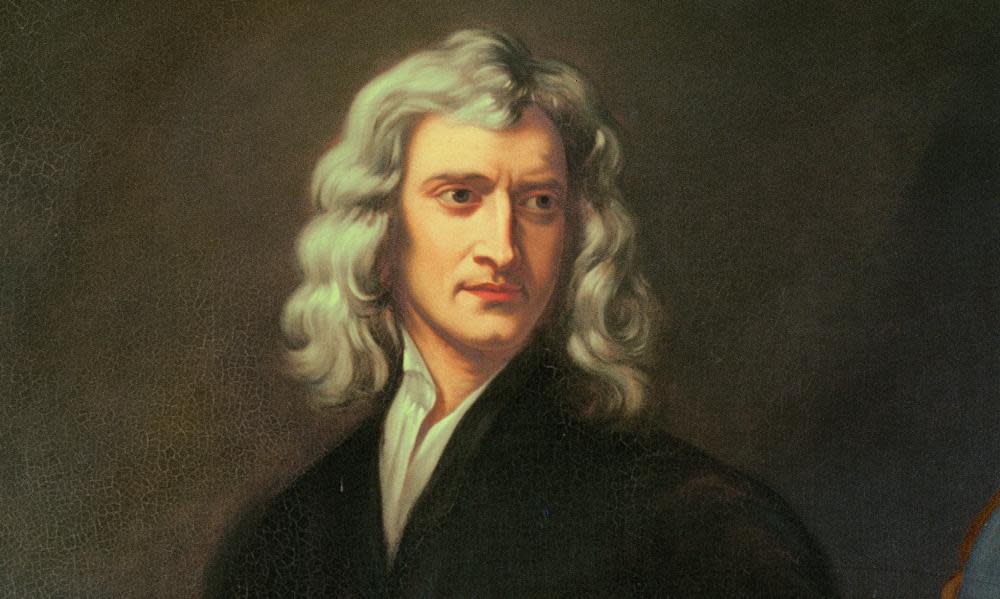Isaac Newton proposed curing plague with toad vomit, unseen papers show

It is not as bad as suggesting injections of disinfectant. Isaac Newton’s 17th-century prescription for plague – which blended powdered toad with toad vomit to form “lozenges” to drive away the contagion – has been revealed.
Two unpublished pages of Newton’s notes on Jan Baptist van Helmont’s 1667 book on plague, De Peste, are to be auctioned online by Bonham’s this week. Newton had been a student at Trinity College, Cambridge, when the university closed as a precaution against the bubonic plague, which killed 100,000 people in London in 1665 and 1666.
When the polymath returned to Cambridge in 1667, he began to study the work of Van Helmont. Newton’s analysis of De Peste is the most substantial written statement he is known to have made about the plague, according to Bonhams, who said the papers were of “profound importance to the Newton body of work, as well as deeply meaningful within the present context”.
The auction house’s books specialist, Darren Sutherland, said: “Newton’s running notes represent the only significant writings on the subject by the world’s greatest scientific mind that we have been able to trace. A timely reminder, perhaps, that there is nothing new under the sun.”
The notes include the case of a man who touched “pestilent papers, immediately felt a pain like a pricking needle, and developed a pestilent ulcer in the forefinger, and died in two days”, and his observation that “places infected with the plague are to be avoided”.
Some of Newton’s potential cures recorded are unlikely to be taken up today, however. He writes that “the best is a toad suspended by the legs in a chimney for three days, which at last vomited up earth with various insects in it, on to a dish of yellow wax, and shortly after died. Combining powdered toad with the excretions and serum made into lozenges and worn about the affected area drove away the contagion and drew out the poison.”
Van Helmont, a renowned physician, had been a practising doctor in Antwerp when the city was hit by plague in 1605.
Despite Newton’s standing, the papers have never previously been included in any collected works. When Newton died in 1727, his huge archive was left to his niece, Catherine Conduitt. It remained in the family until 1872, when his descendant, Isaac Newton Wallop, Fifth Earl of Portsmouth, donated his writings to Trinity College. Cambridge kept only the mathematical and scientific papers and returned Newton’s more controversial writings on alchemy, theology and philosophy. These papers, including Newton’s notes on Van Helmont, were sold in 1936 to private collectors, among them John Maynard Keynes.
“There was never much interest in his ‘other’ writings until recently,” said Sutherland. “So it really is a case of cometh the hour, cometh the man – with his remedies to ward off a virus that’s causing a pandemic.”
The pages will be auctioned by Bonhams for an estimate of $80,000-$120,000 (£64,000-£96,000) as part of its online-only Essential Genius: Ten Important Manuscripts sale, which runs until 10 June. The auction also includes an autographed and signed draft of the last lines of Walt Whitman’s final poem, A Thought of Columbus.


